Ongoing Construction in Boott Mills Courtyard
The Boott Cotton Mills Museum will remain open during all ongoing courtyard construction. Due to varying conditions, visitors are advised to follow all directional signs to access the museum entrance safely.
Park Phone Lines Down Beginning 8/22/25
Beginning Friday, August 22 the main park phone line (978-970-5000) and education program line (978-970-5080) will be out of service. If you have questions or request, please email LOWE_Public_Information@nps.gov.
| Title | Lowell |
| Park Code | lowe |
| Description | Lowell’s water-powered textile mills catapulted the nation – including immigrant families and early female factory workers – into an uncertain new industrial era. Nearly 200 years later, the changes that began here still reverberate in our shifti... |
| Location | |
| Contact | |
| Activities |
|
| Entrance fees |
|
| Campgrounds | Count: 0
|
| Places | Count: 16
"Agapetime" SculptureBronze sculpture commisioned by former U.S. Senator Paul E. Tsongas and Nicola Sauvage Tsongas located in downtown Lowell, Massachusetts 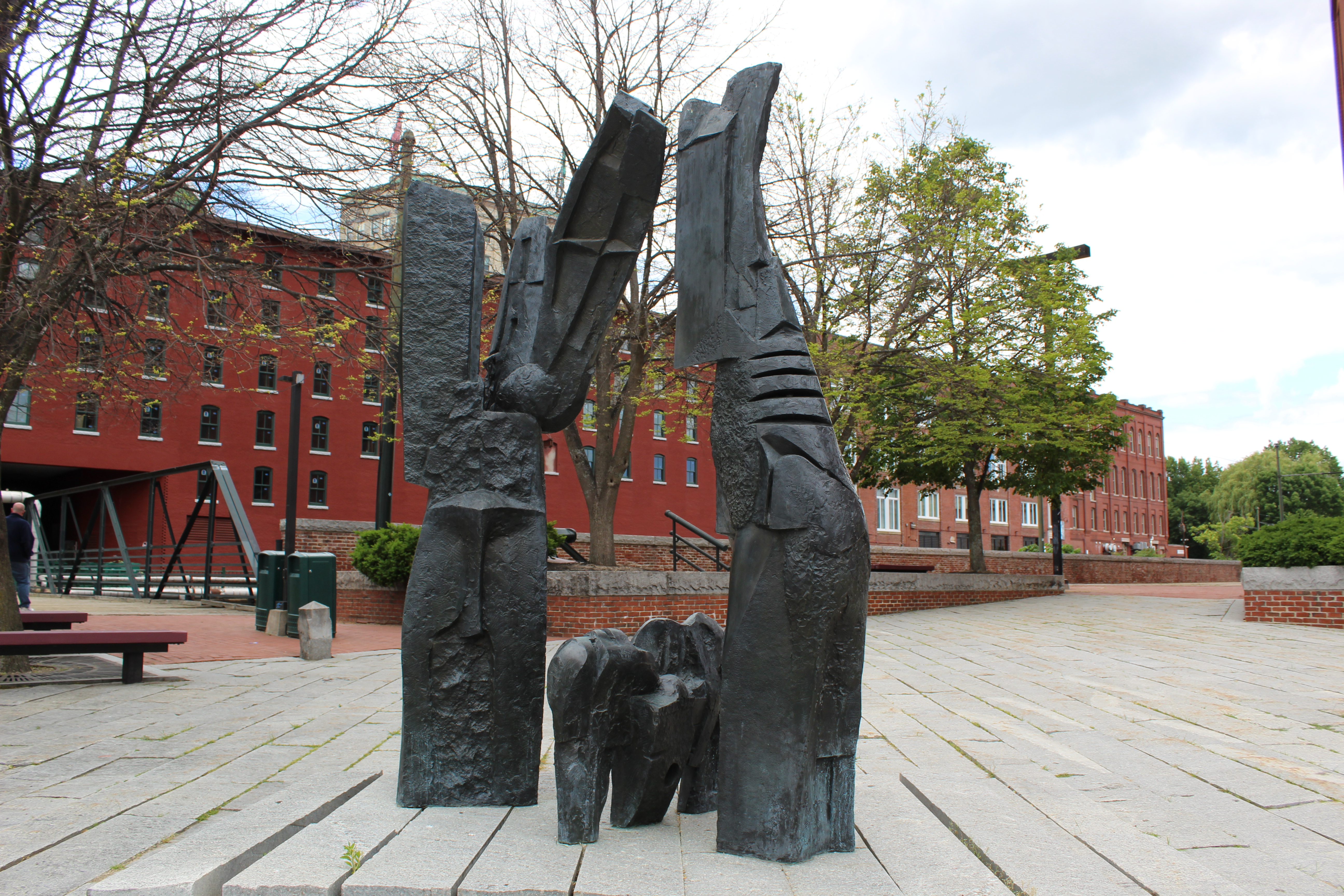
"Homage to Women" SculptureDesigned by artist Mico Kaufman, this larger-than-life sculpture of five intertwined figures is a tribute to Lowell's nineteenth century "mill girls," yet it also celebrates the contributions made by women throughout time. 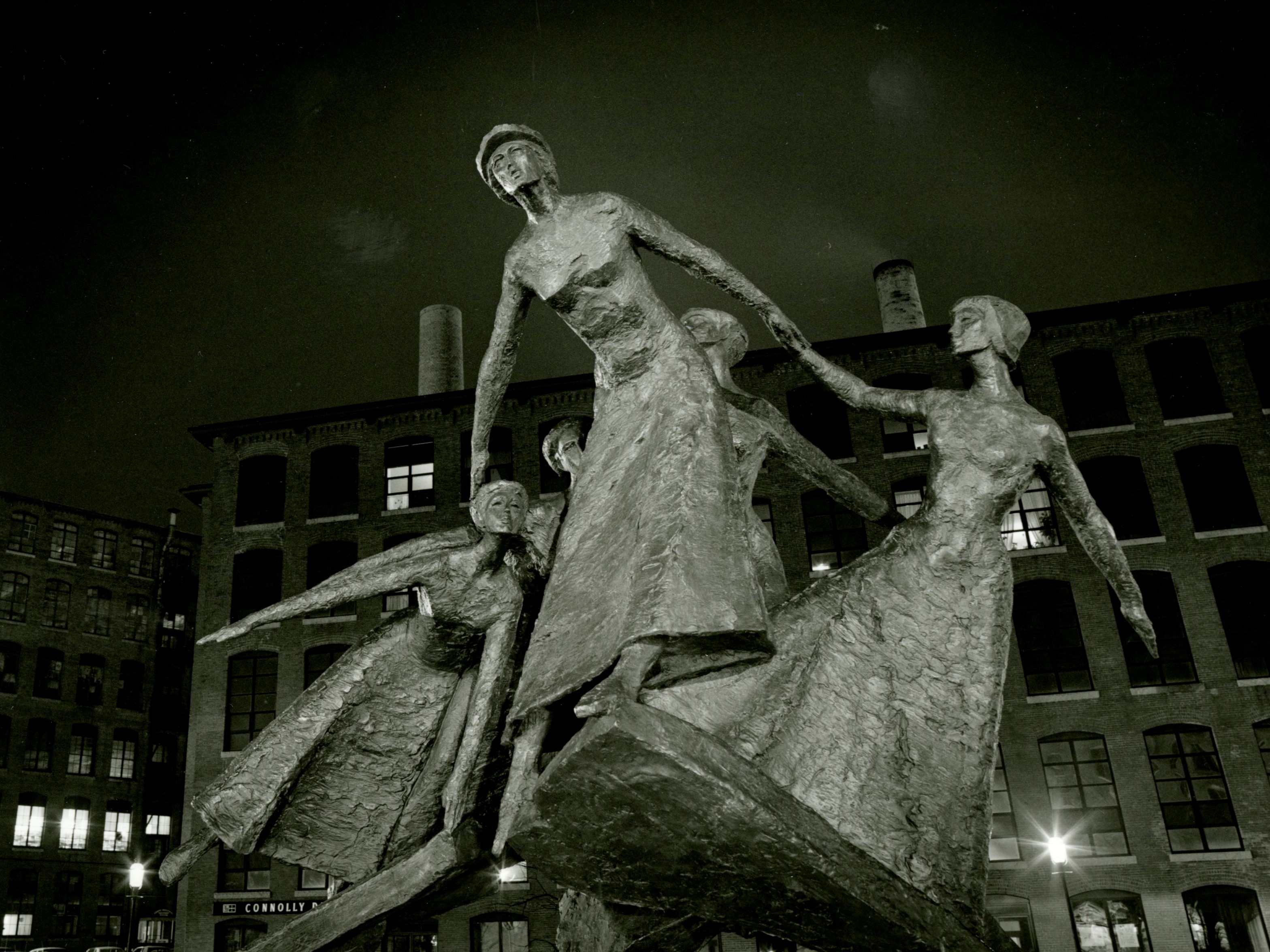
"Jack Kerouac Commemorative" Sculpture8 granite columns adorn Jack Kerouac Park with quotes from 10 of his works engraved on them. 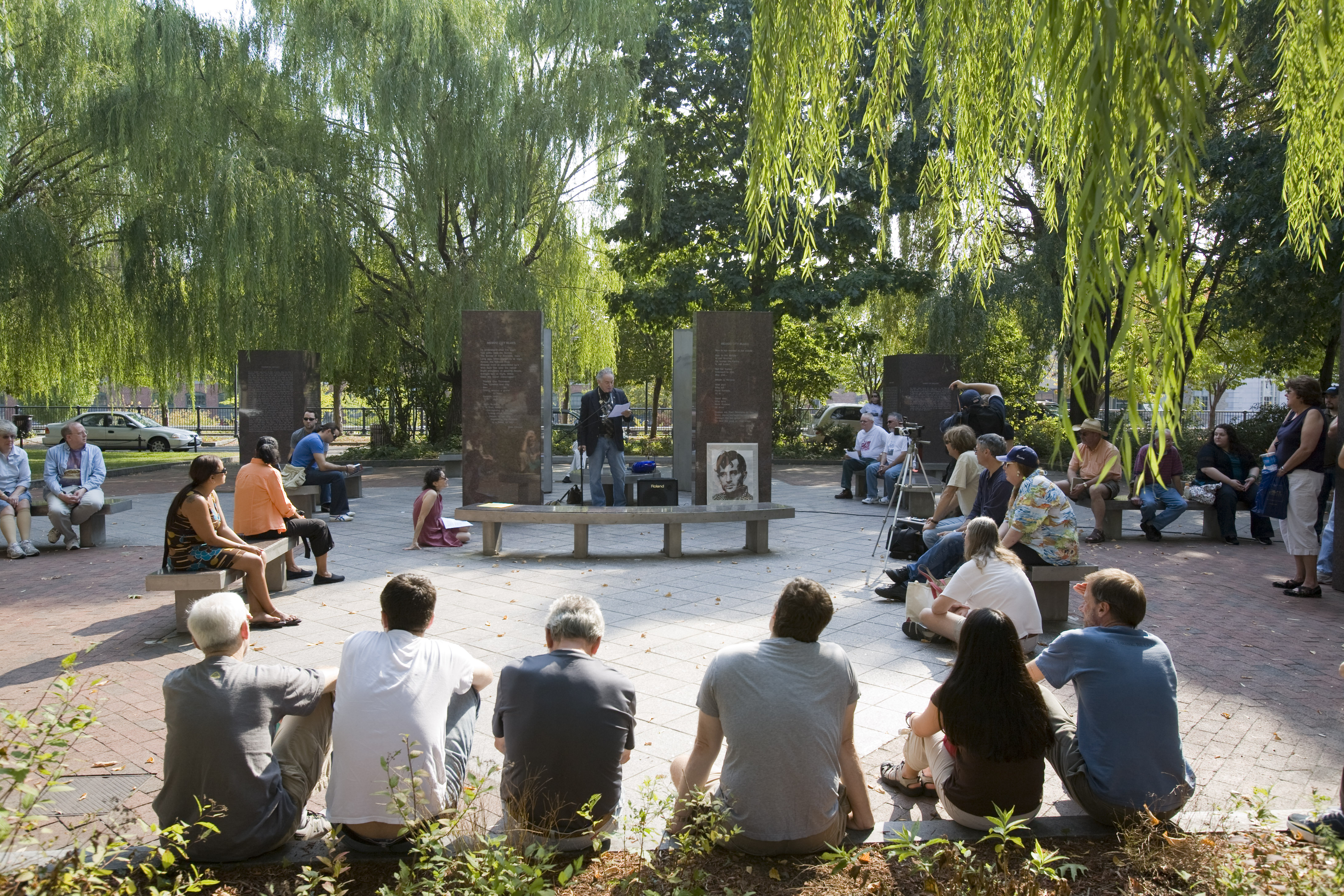
"Pawtucket Prism" SculptureStainless and gold-plated steel kinetic sculpture. Designed by Micho Ihara in downtown Lowell, Massachusetts. 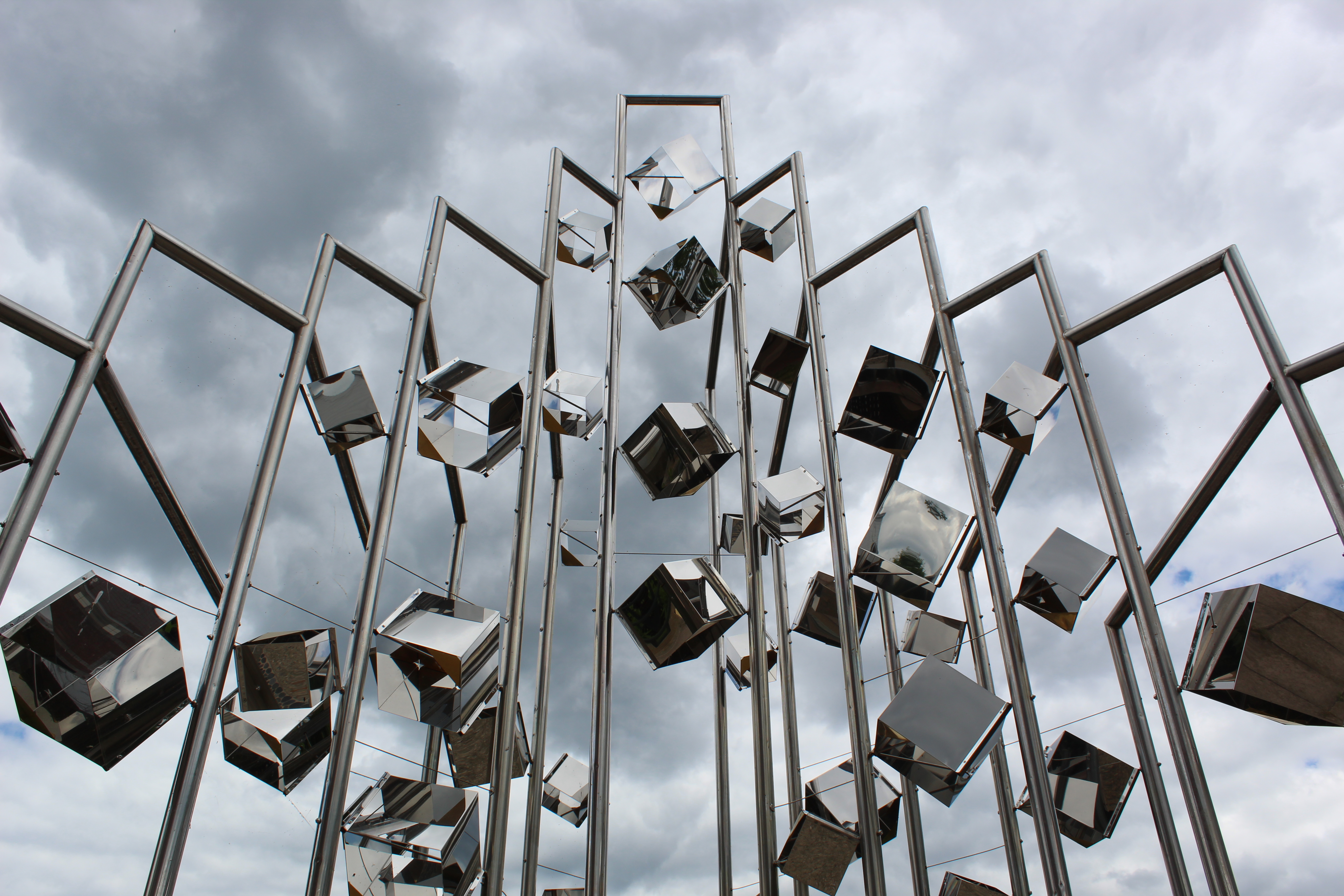
"Stele for the Merrimack" SculptureDesigned by artist Peter Gourfain, "Stele for the Merrimack" this piece highlights the life-giving impact of the Merrimack River, the major river in Lowell. The bronze column is adorned with animals, plants, and humans, who all rely on the Merrimack. 
"The Lowell Sculptures: One, Two, and Three" SculpturesDesigned by artist Robert Cumming, the "Lowell Sculptures: One, Two, and Three" are derived from Lowell's industrial symbols. Installed at Boarding House Park, they are intended to be objects for seating and climbing, functioning as a kind of furniture as well as visual art. 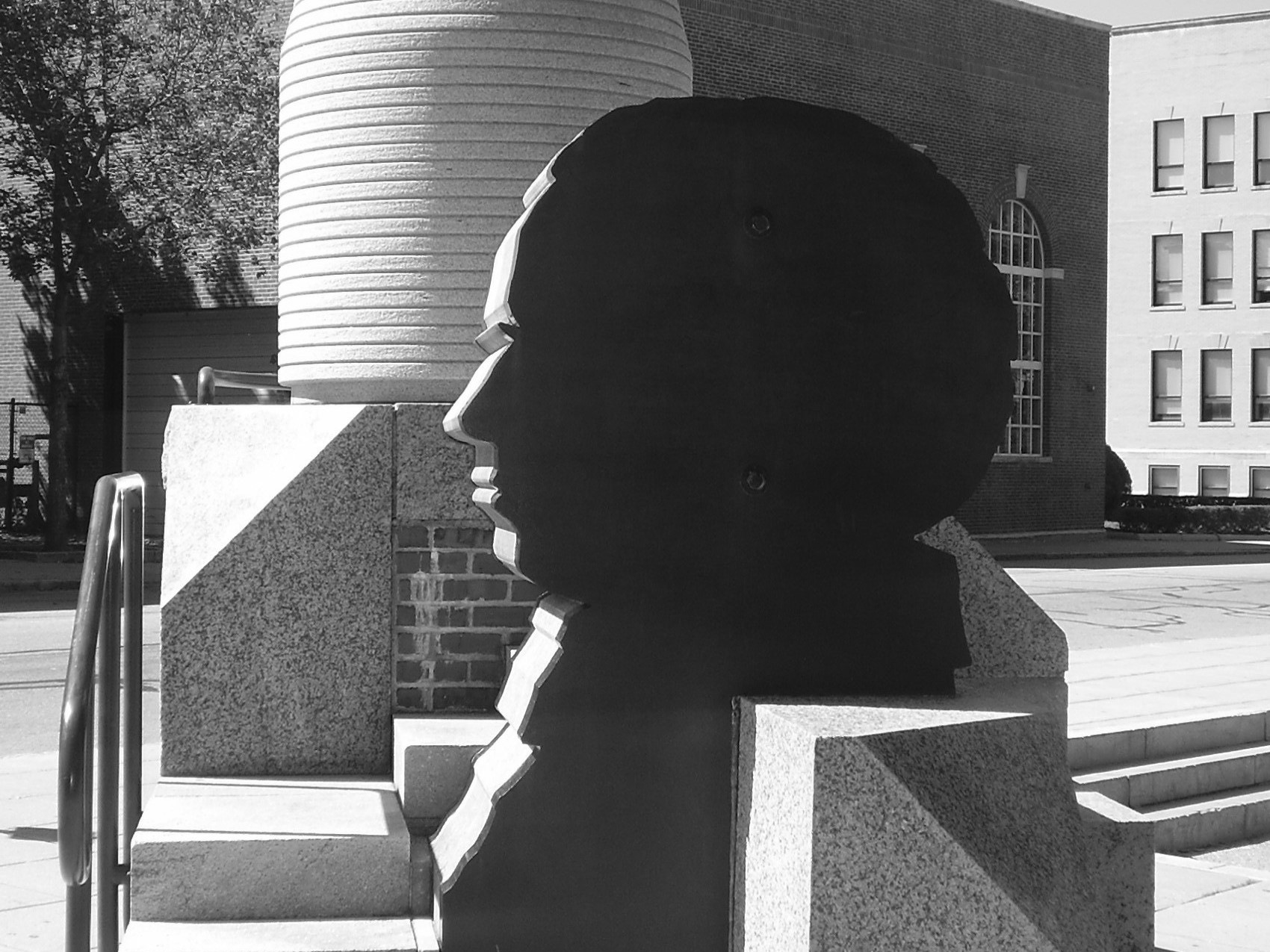
"The Worker" SculptureThis life-size bronze sculpture of an Irish canal digger stands as a tribute to those nineteenth-century laborers who by hand dug Lowell's 5.6 miles of canals. 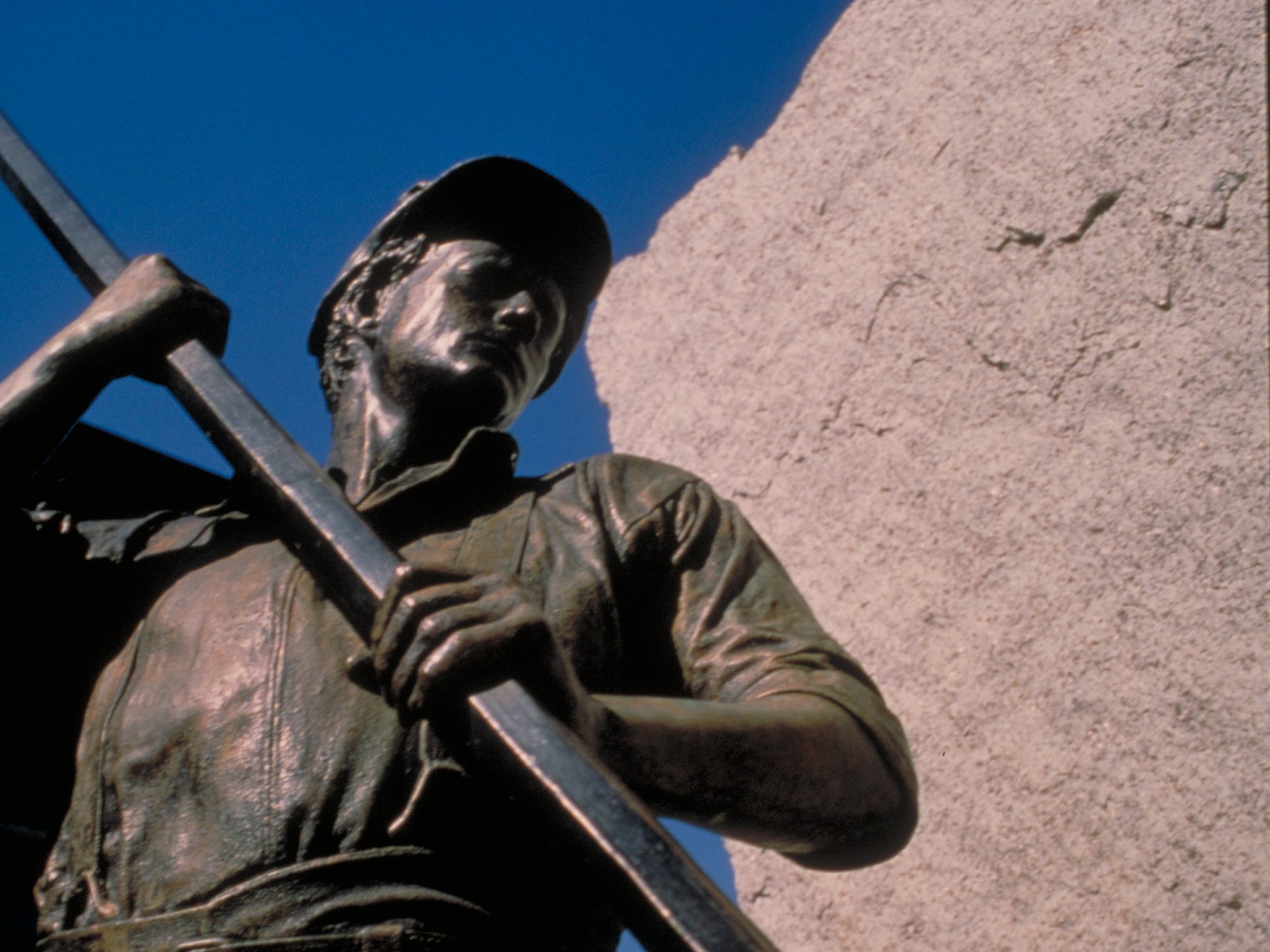
Kirk Street Agents House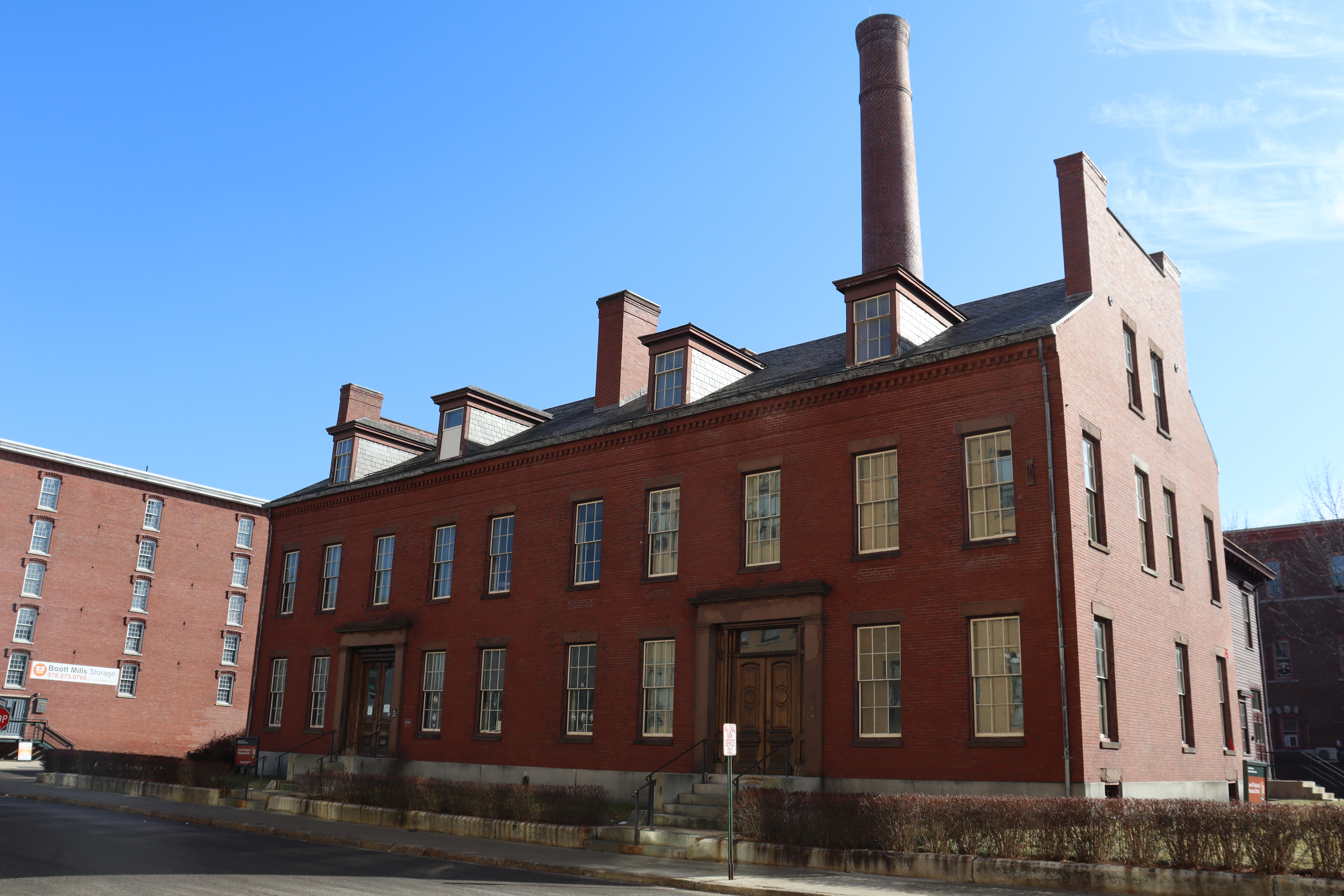
Mechanics Hall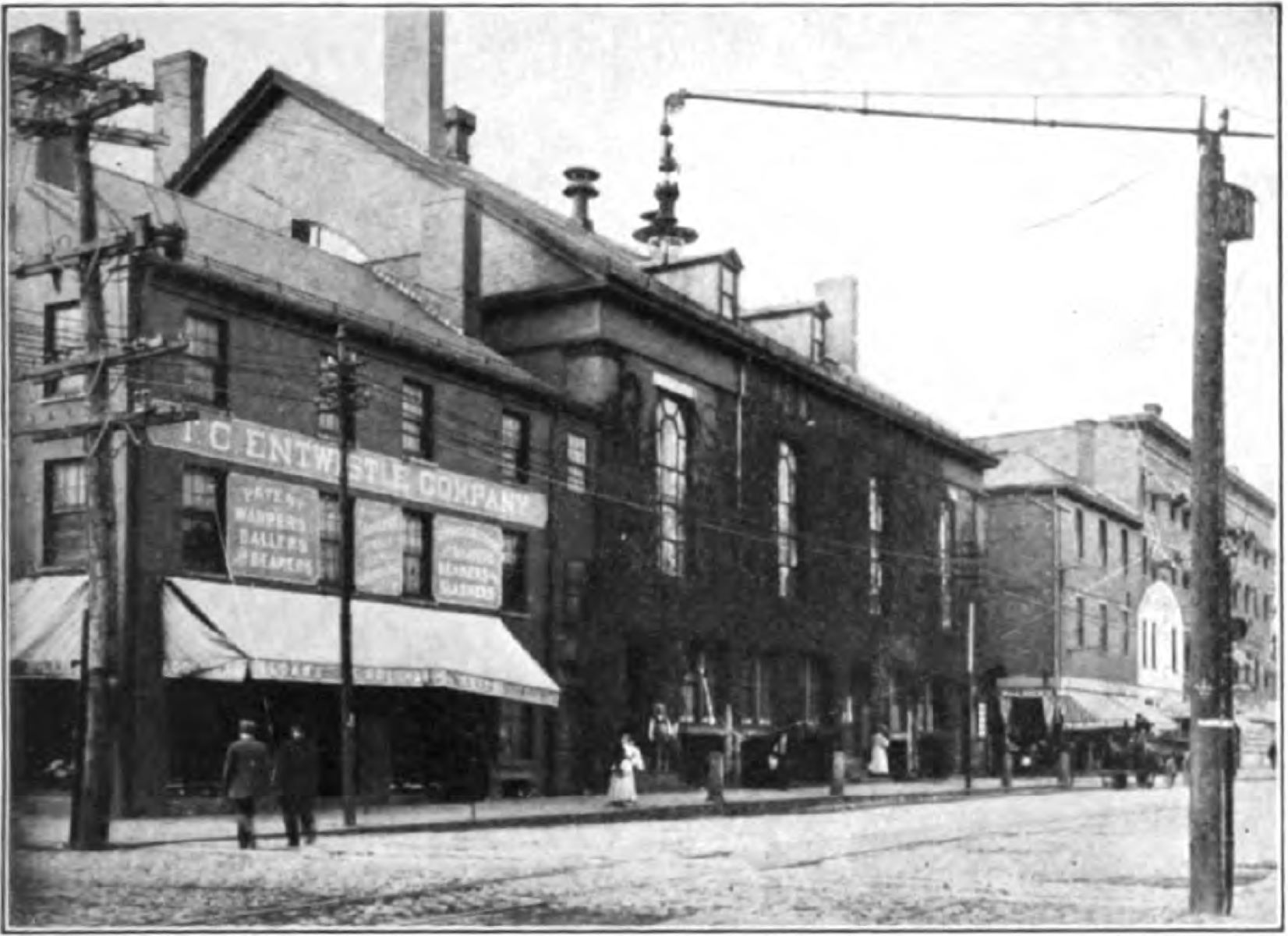
Merrimack House
Nesmith Building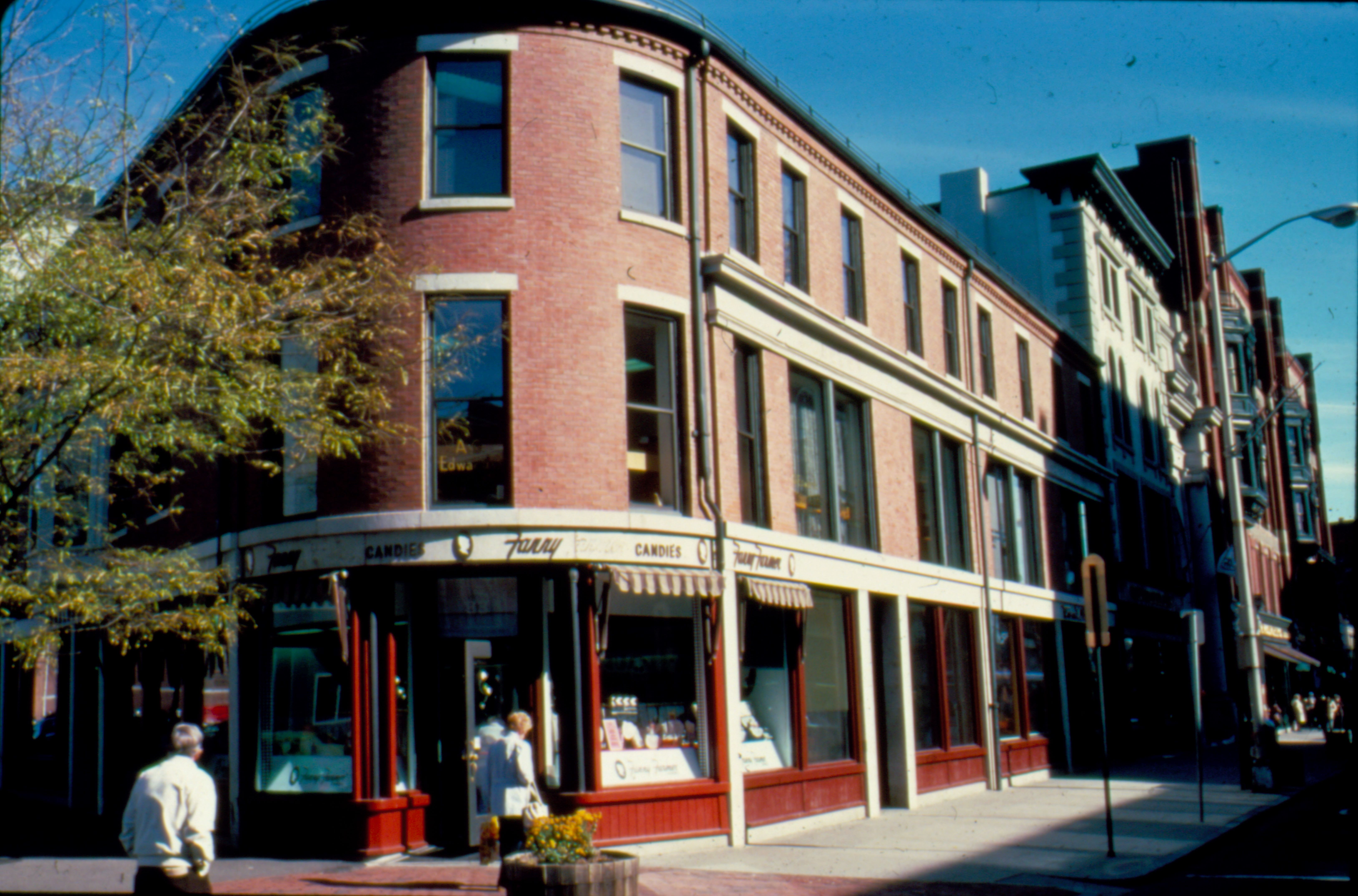
Old City Hall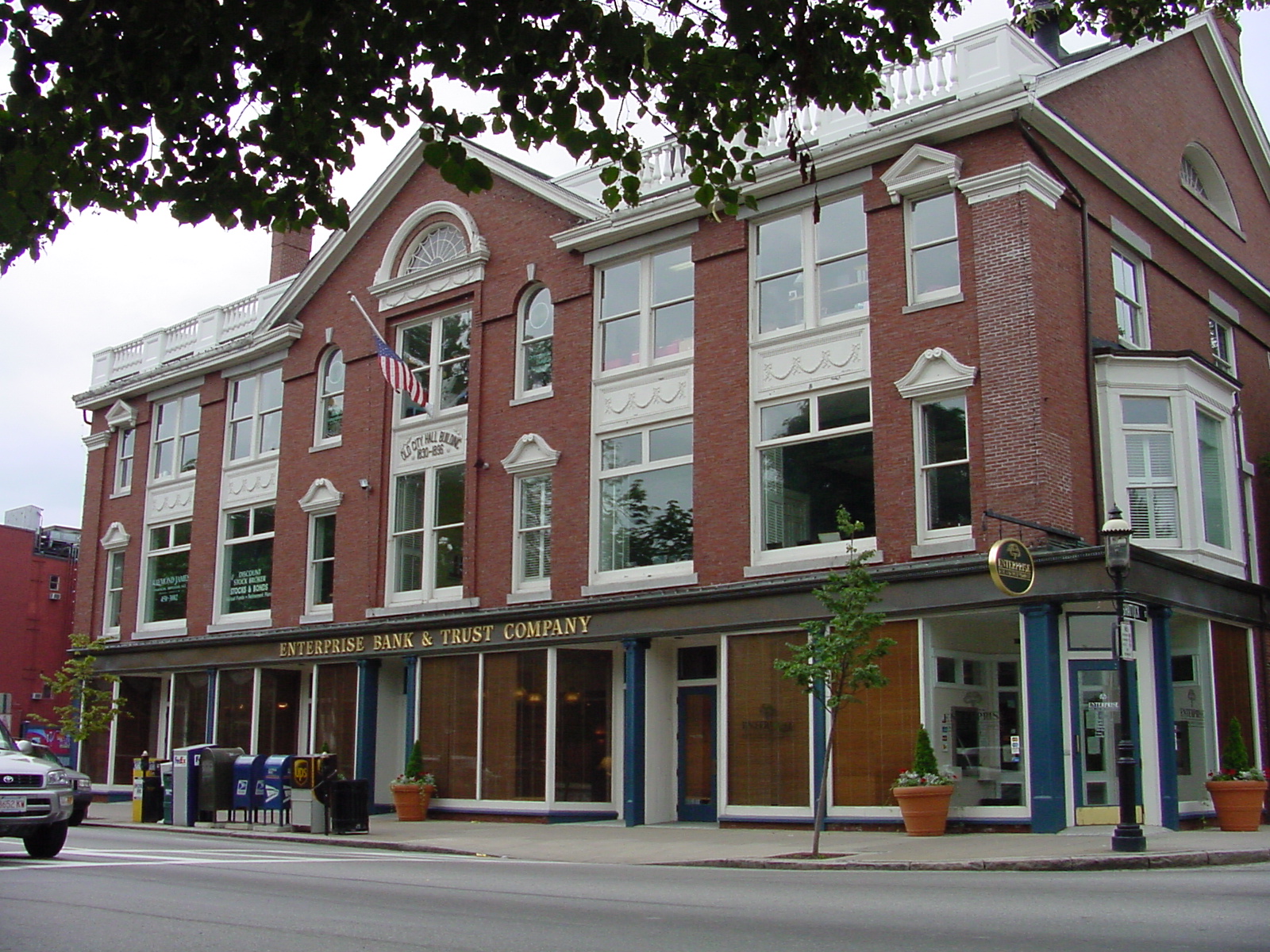
Patrick J Mogan Cultural Center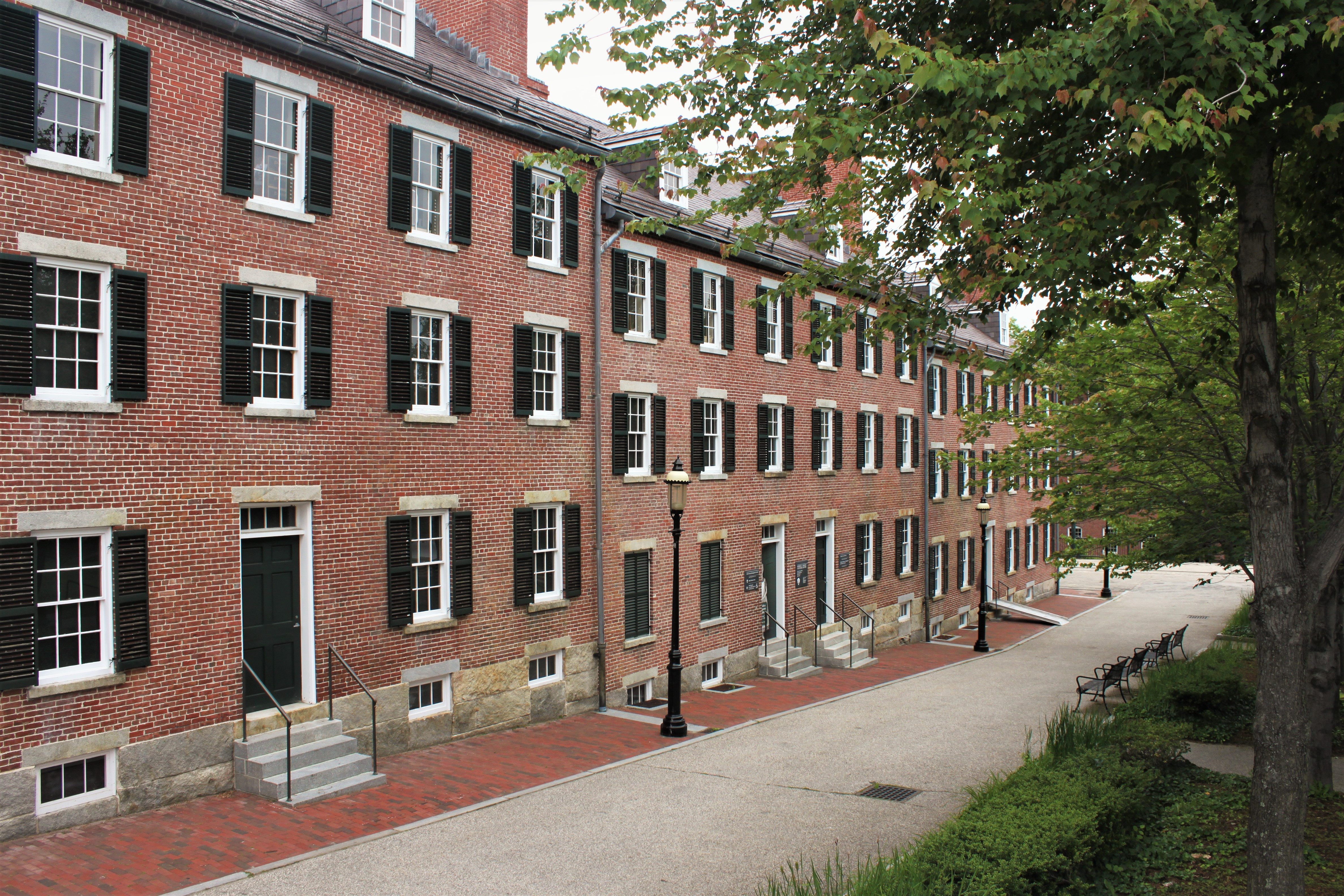
Site of the Second Universalist Church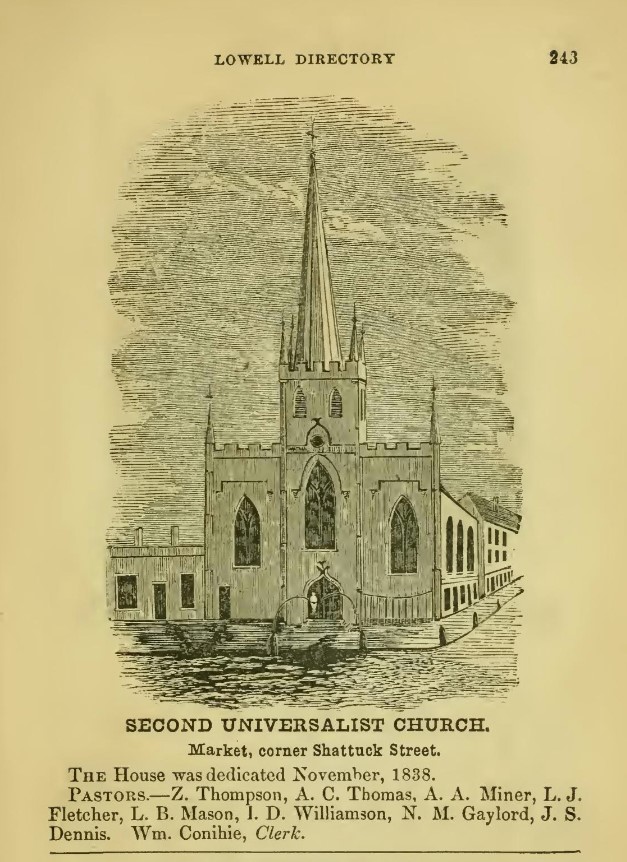
St. Anne's Episcopal Church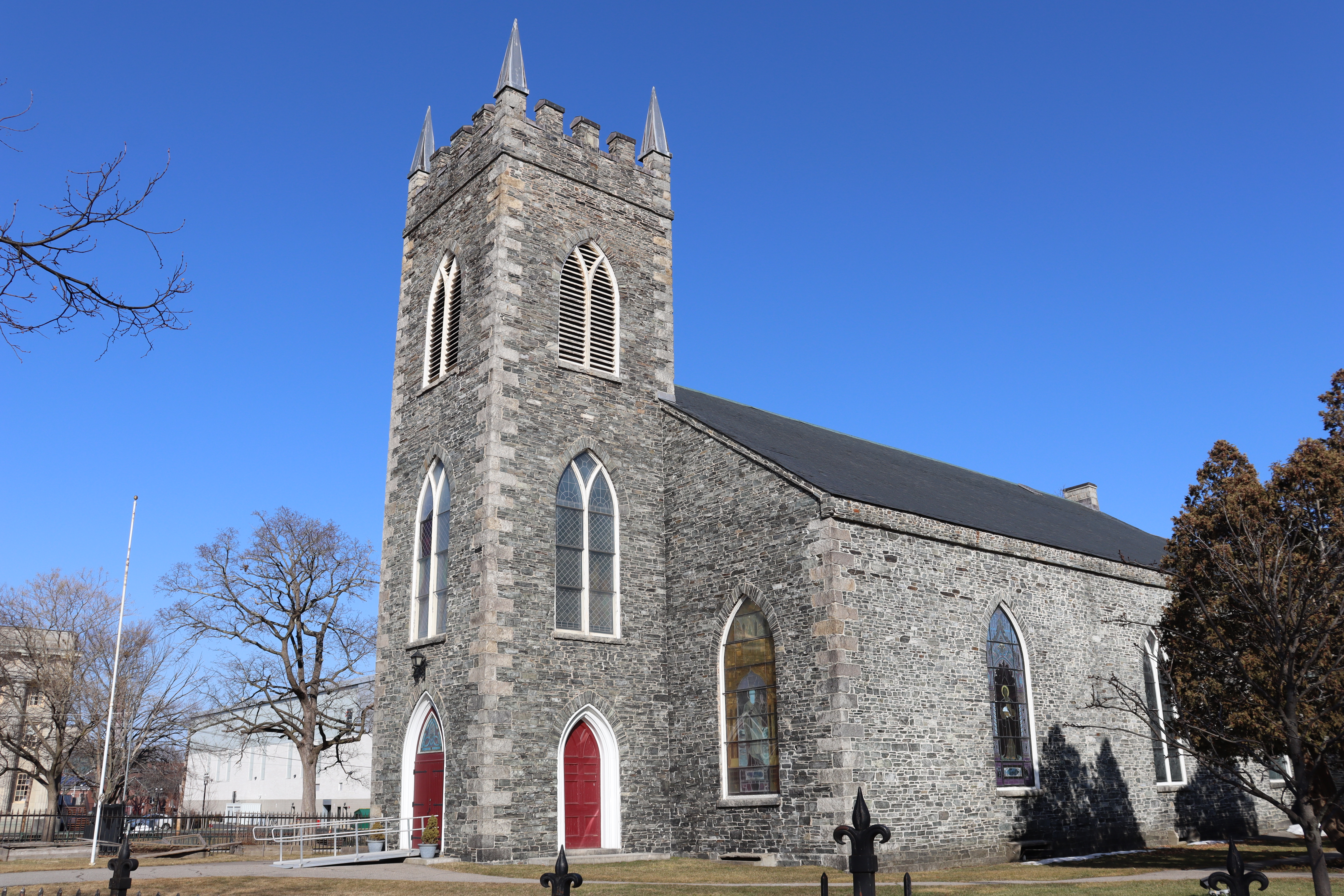
Suffolk Mill Turbine ExhibitThe Suffolk Mill Turbine Exhibit hosts an impressive display of mechanical marvels that drove America’s Industrial Revolution in Lowell. Find out how water becomes mechanical power and runs all the machines that made Lowell famous for its textile production by visiting this free exhibit. 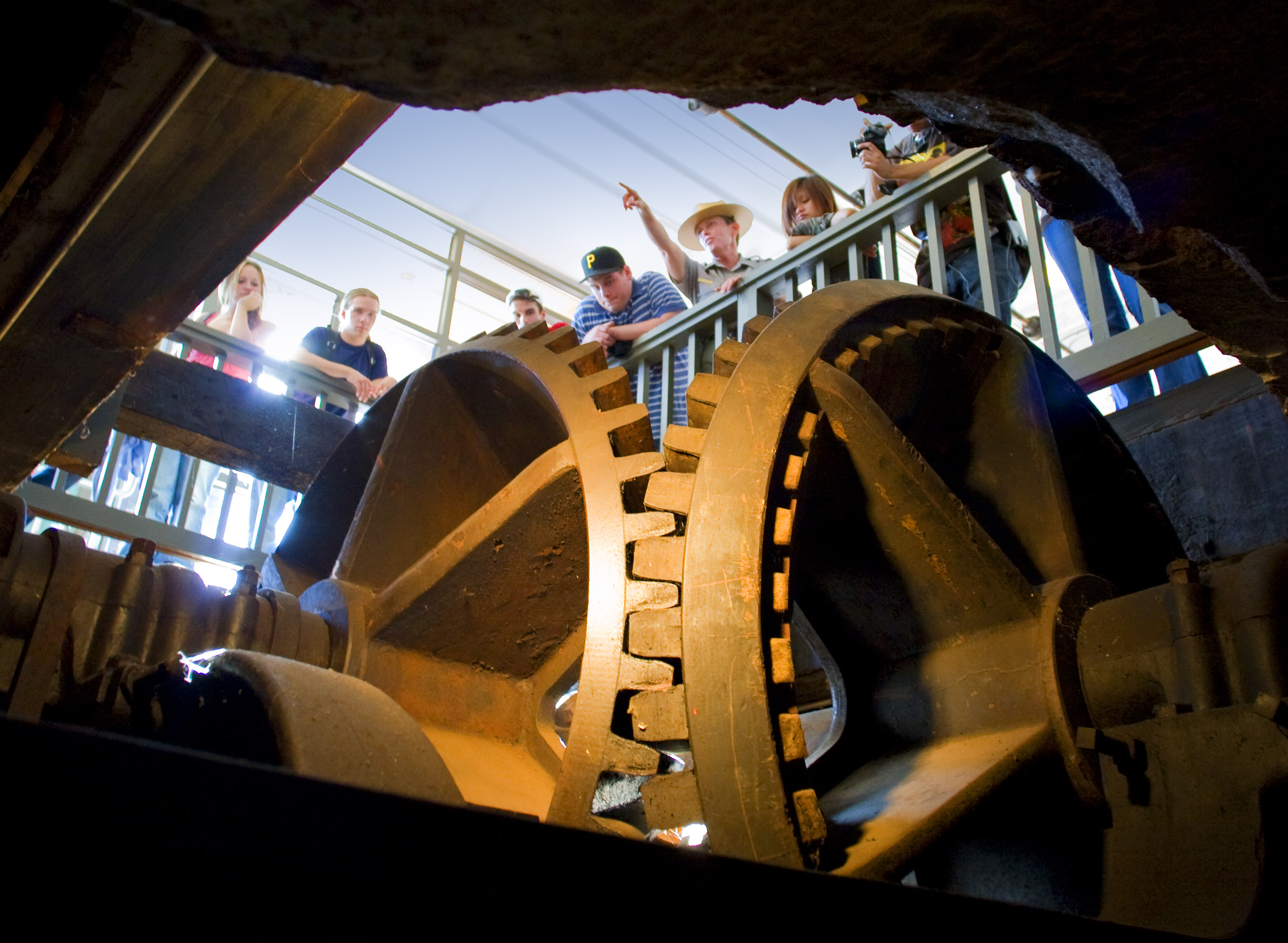
|
| Visitor Centers | Count: 2
Boott Cotton Mills Museum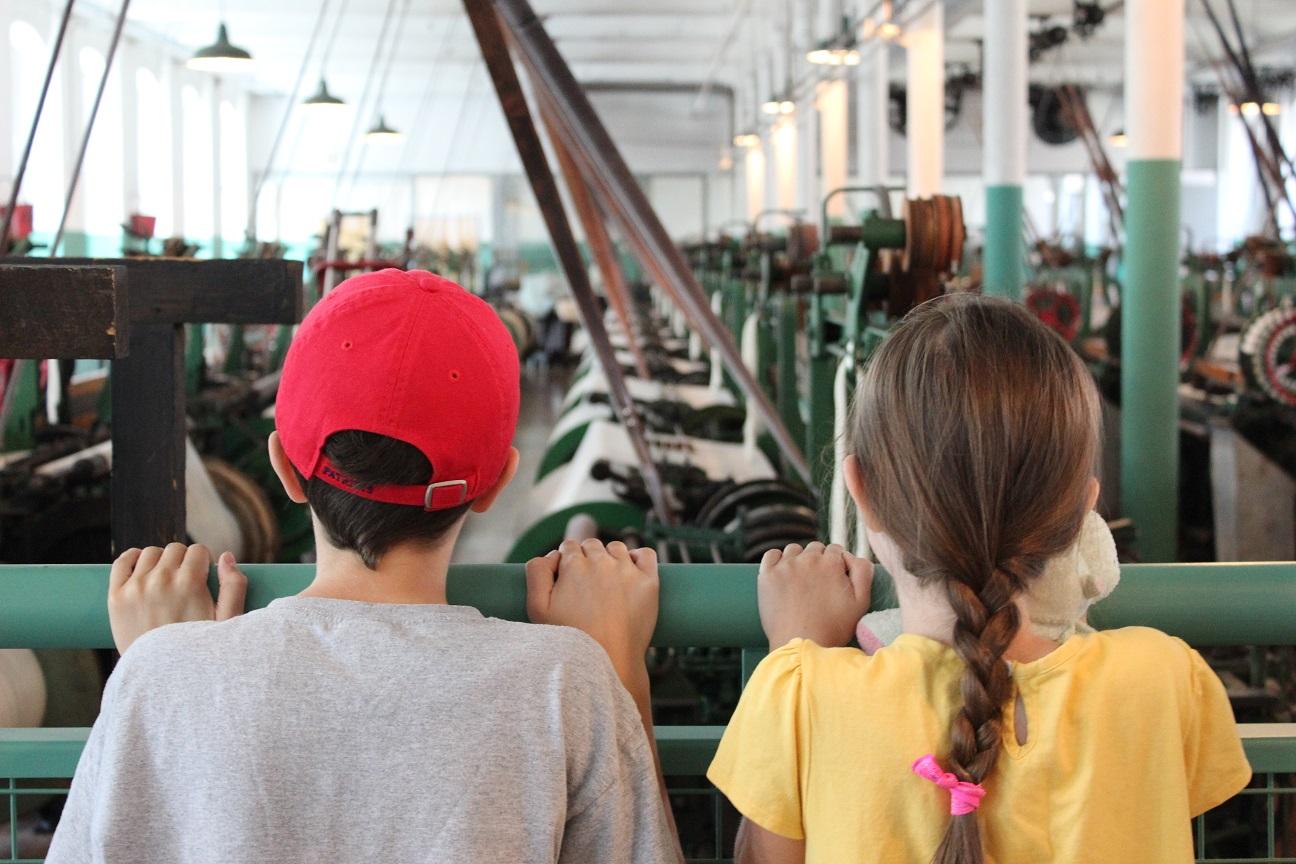
Lowell National Historical Park Visitor Center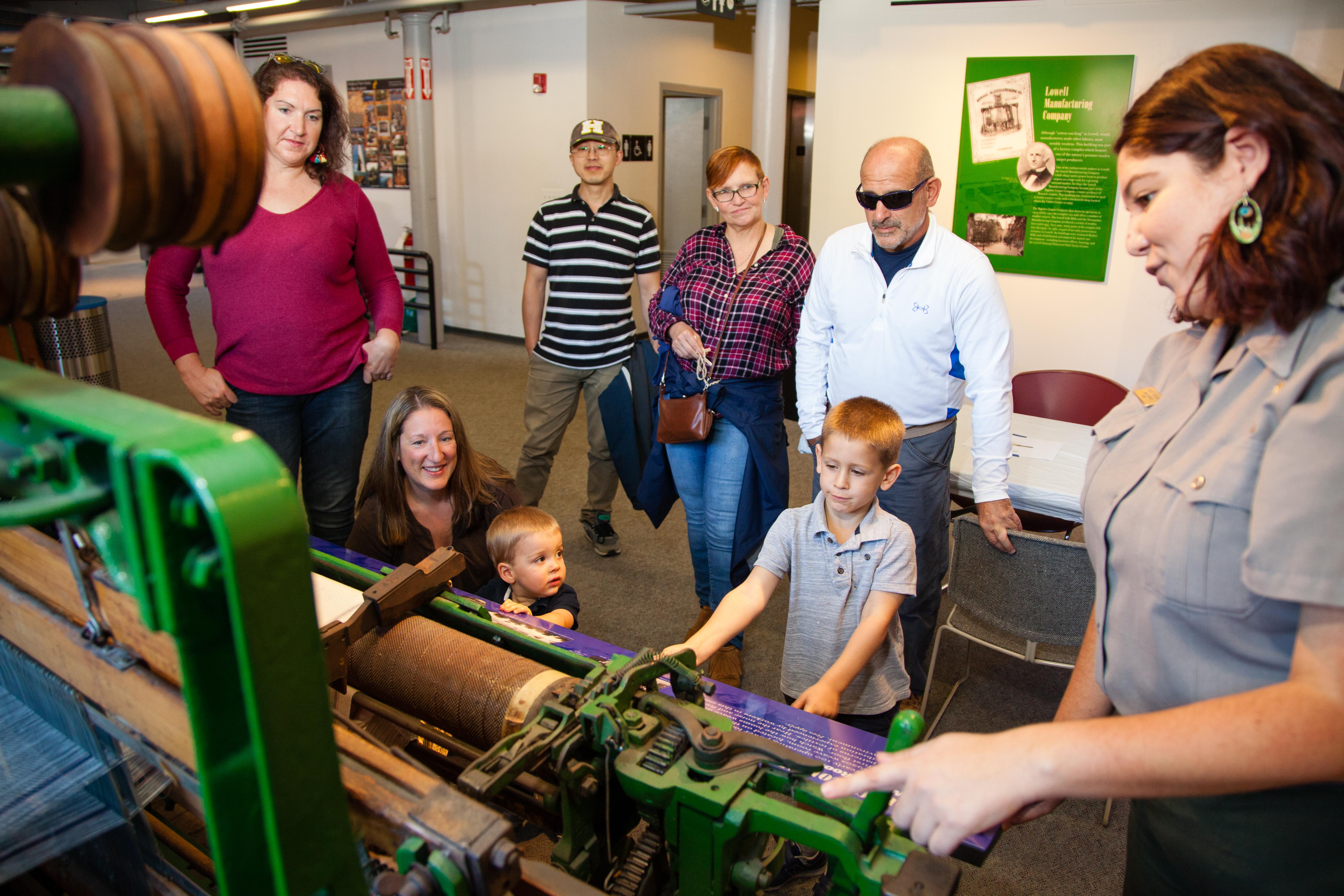
|
| Things to do | Count: 4
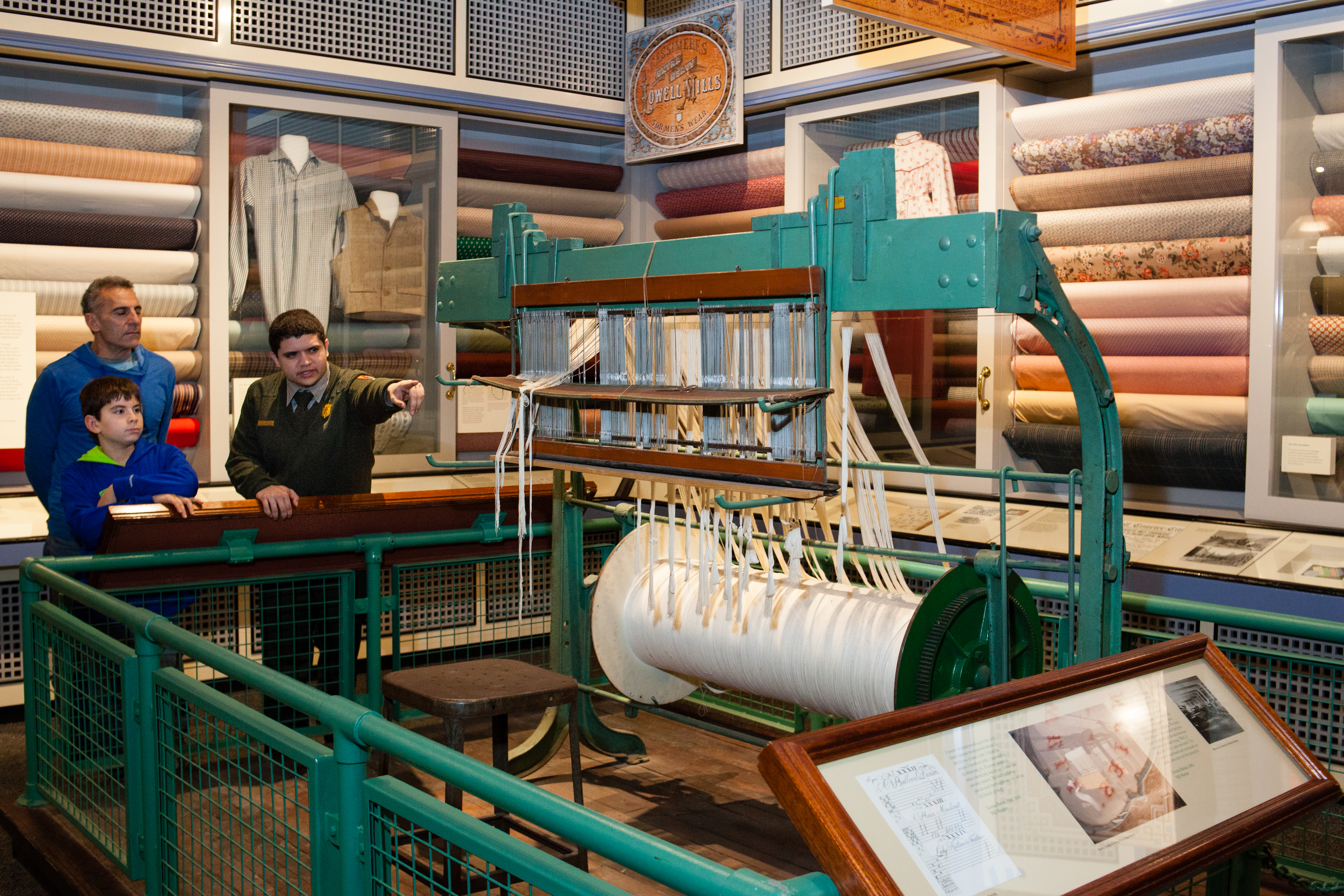
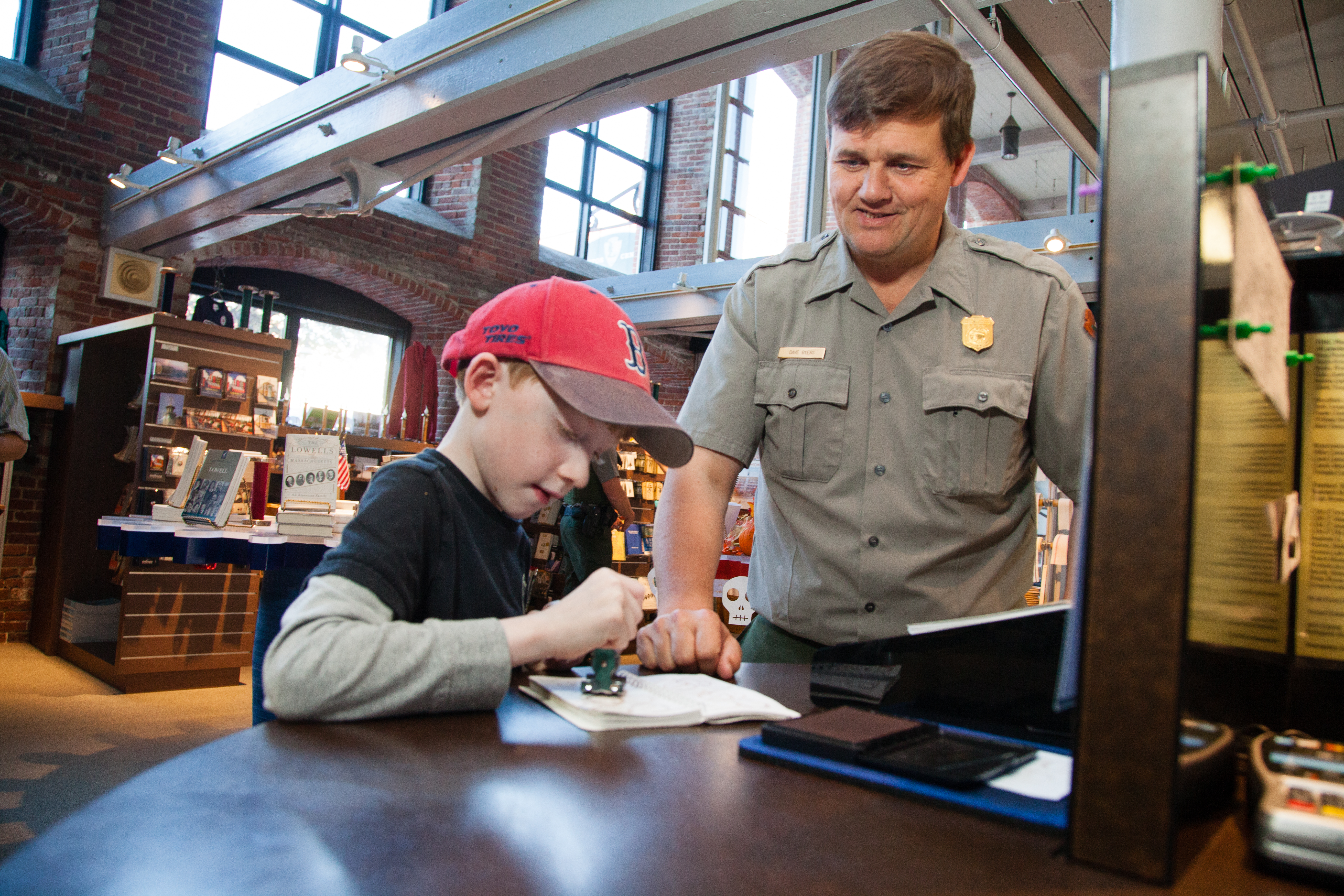
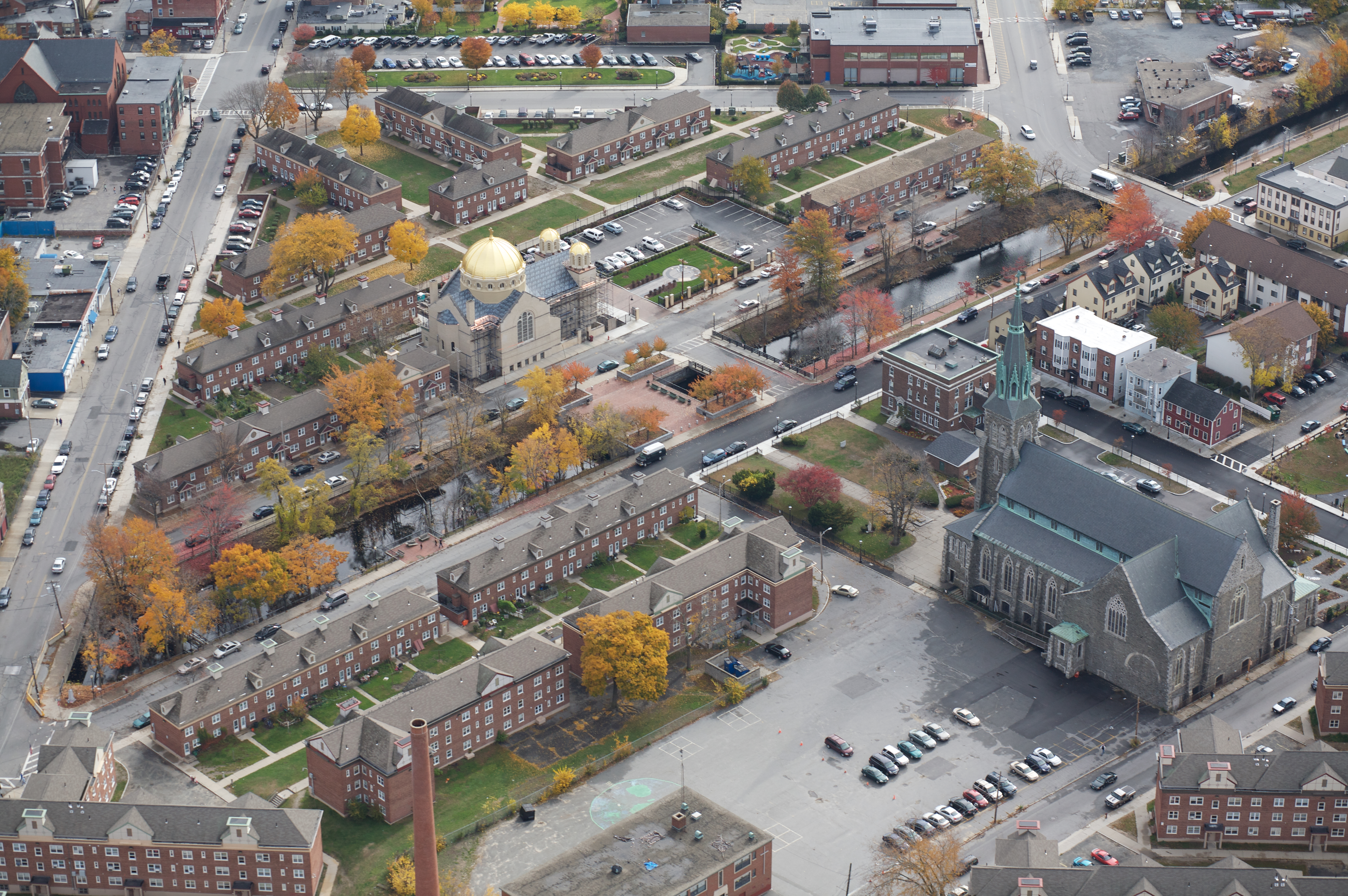
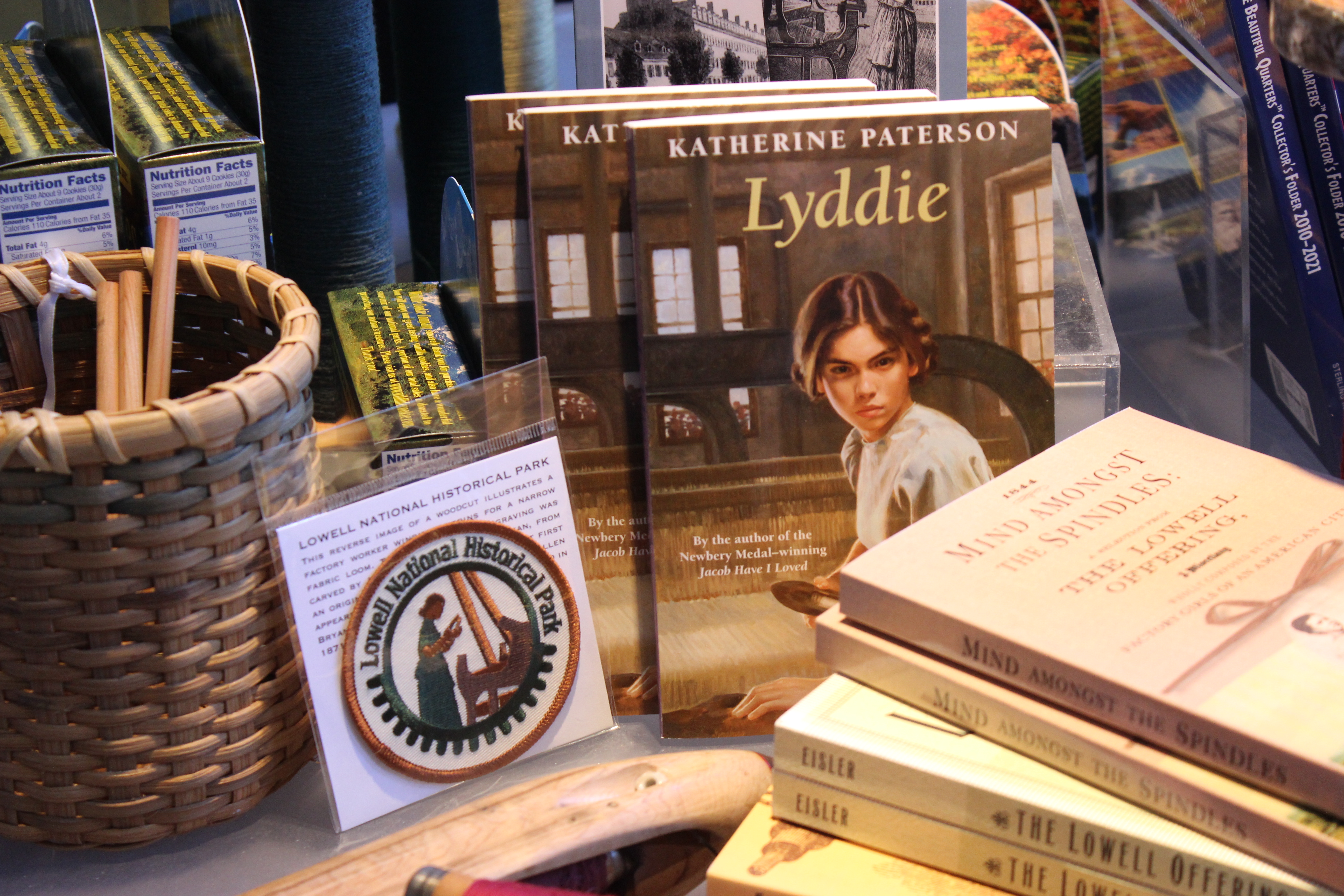
|
| Tours |
Count: 3
Anti-slavery Lowell Walking TourTravel throughout the city of Lowell to places of significance, to learn about the history of anti-slavery in Lowell. Discover Downtown HistoryExplore the history found throughout Lowell’s downtown as you walk from park’s Visitor Center (246 Market Street) to the Boott Cotton Mills Museum (114 John Street). The Lowell Public Art CollectionIn Lowell, where the motto on the city seal is "art is the handmaid of human good," it seems only fitting that contemporary works of art stand alongside historical sites. Created by international artists, these works specifically address the themes of the Lowell National Historical Park: the Industrial City, Labor, Machines, Power, and Capital. Each artist selected the site for their original work, and we encourage you to explore the art, history, and culture along this walking tour. |
| Articles |
|